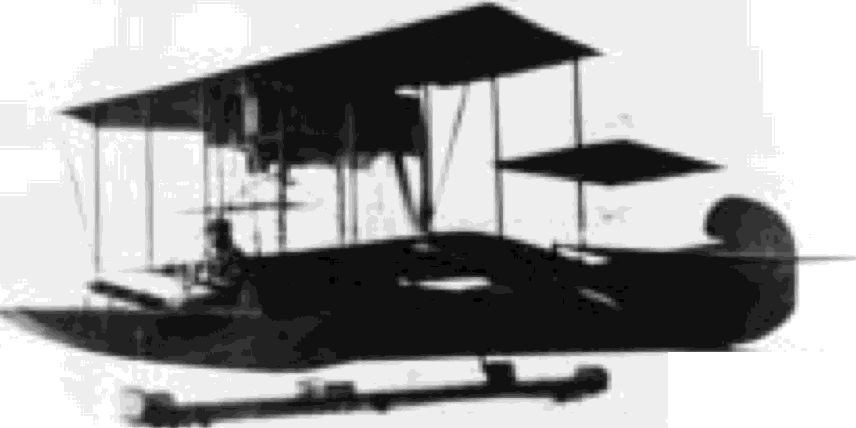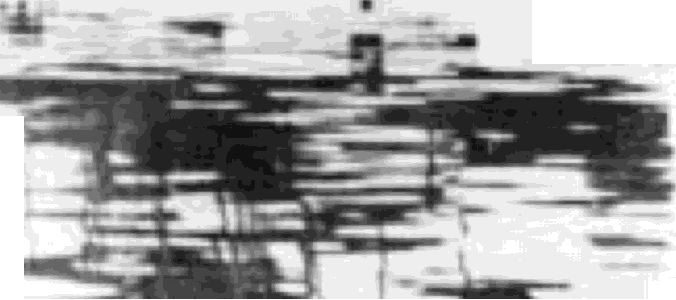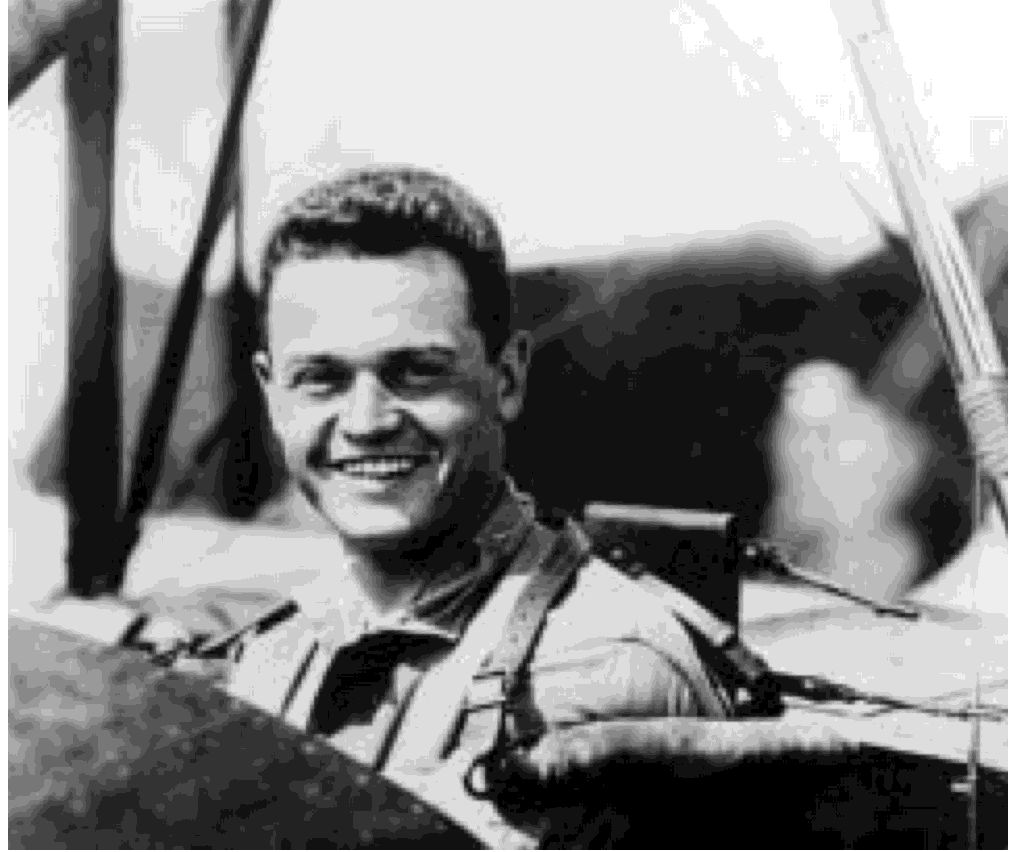


10
UNITED STATES NAVAL AVIATION
1910-1995
1912-Continued
in evaluating an aircraft engine, consisted of three
brief dynamometer tests, followed by ground runs and
flight tests.
8 October
Physical requirements for prospective
naval aviators were first defined in Bureau of Medicine
and Surgery Circular Letter 125221.
25 October
Ensign Godfrey deC. Chevalier, later
designated Naval Aviator No.7, reported for flight
training at the Aviation Camp at Annapolis, Md.
12 November
The Navy's first successful launching
of an airplane by catapult was made at the
Washington Navy Yard by Lieutenant Theodore G.
Ellyson in the A-3. The following month a flying boat
was successfully launched from this catapult.
26 November
Lieutenant Ug) Patrick N. 1. Bellinger,
later Naval Aviator No.8, reported for flight instruction
at the Aviation Camp, Annapolis, Md.
30 November
The C-1, the Navy's first flying boat,
was tested at Hammondsport, N.Y., by Lieutenant
Theodore G. Ellyson. Its performance, as informally
reported by Ellyson, was: "Circular climb, only one
complete circle, 1,575 feet in 14 minutes 30 seconds
fully loaded. On glide approximately 5.3 to 1. Speed,
eight runs over measured mile, 59.4 miles per hour
fully loaded. The endurance test was not made, owing
to the fact that the weather has not been favorable,
and I did not like to delay any longer."
..
.
-'
Catapult launch offlying boat, Washington, D.C 428462
Godfrey deC Chevalier 466256
2 December
Ensign William D. Billingsley, later to
become Naval Aviator No.9, reported for duty at the
Aviation Camp, Annapolis, Md., and was assigned to
the Navy-Wright B-2 for instruction.
18 December
Lieutenant John H. Towers reported
completion of a series of tests begun on 26 October to
determine the ability to spot submarines from the air.
He gave general conclusions that the best altitude for
observation was about 800 feet; that submarines could
be detected when running a few feet below the sur-
face, but that the waters of Chesapeake Bay were too
muddy for a fair test; and suggested that additional tri-
als be held at Guantanamo Bay, Cuba.
19 December
President William H. Taft, acting on a
recommendation made by the Secretary of the Navy,
created a "Commission on Aerodynamical Laboratory"
to determine the need for and a method of establish-
ing such a laboratory. Navy members of the commis-
sion were Naval Constructor David W. Taylor and
Captain Washington 1. Chambers.
1913
6 January
The entire aviation element of the Navy
arrived at Guantanamo Bay, Cuba, and set up the
Aviation Camp on Fisherman's Point for its first opera-
tions with the fleet. The assignment, which included
scouting missions and exercises in spotting mines and
submerged submarines as part of the fleet maneuvers,
served both to demonstrate operational capabilities of
the aircraft and to stimulate interest in aviation among
fleet personnel, more than a hundred of whom were
taken up for flights during the eight-week stay.
 |
10 |
 |